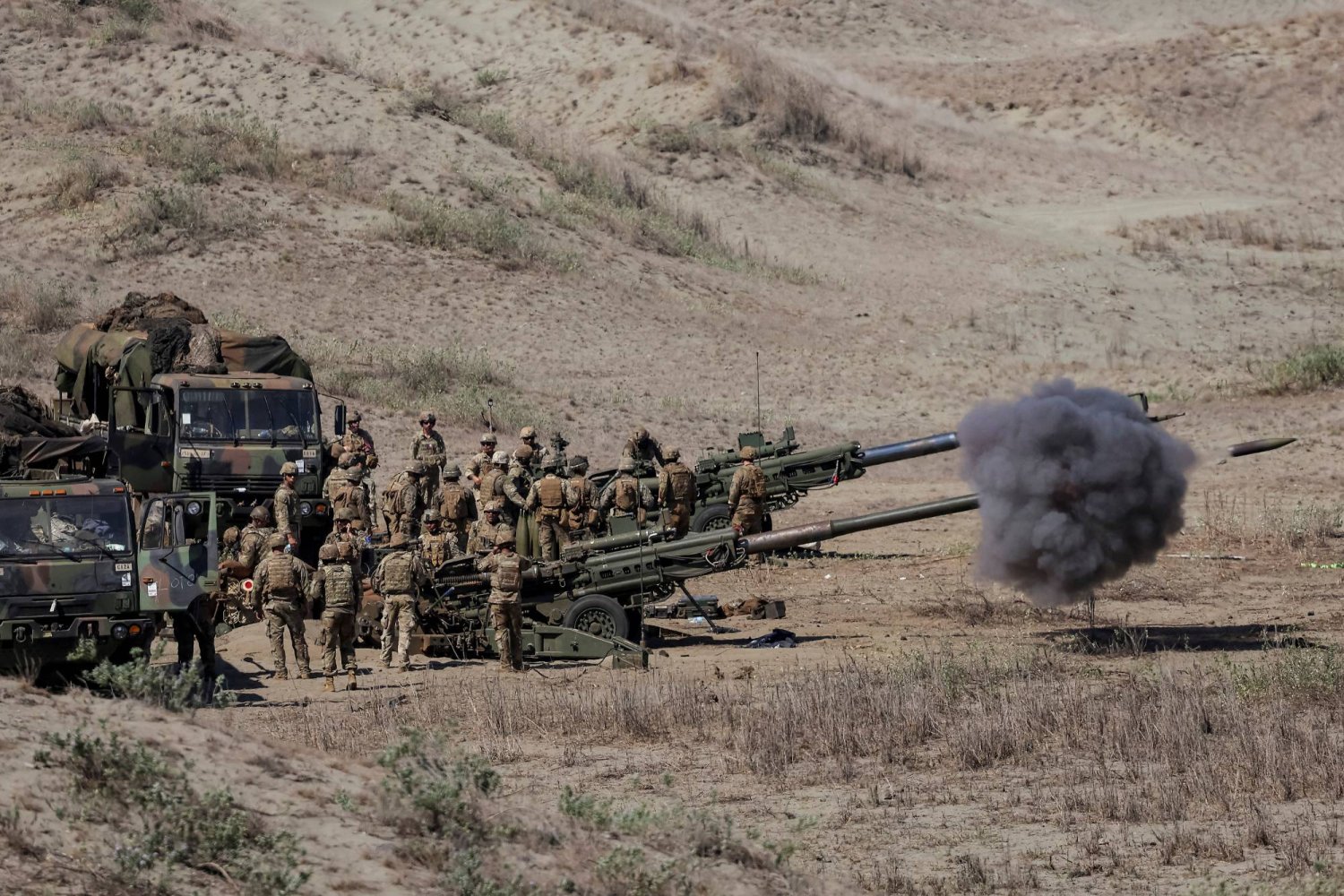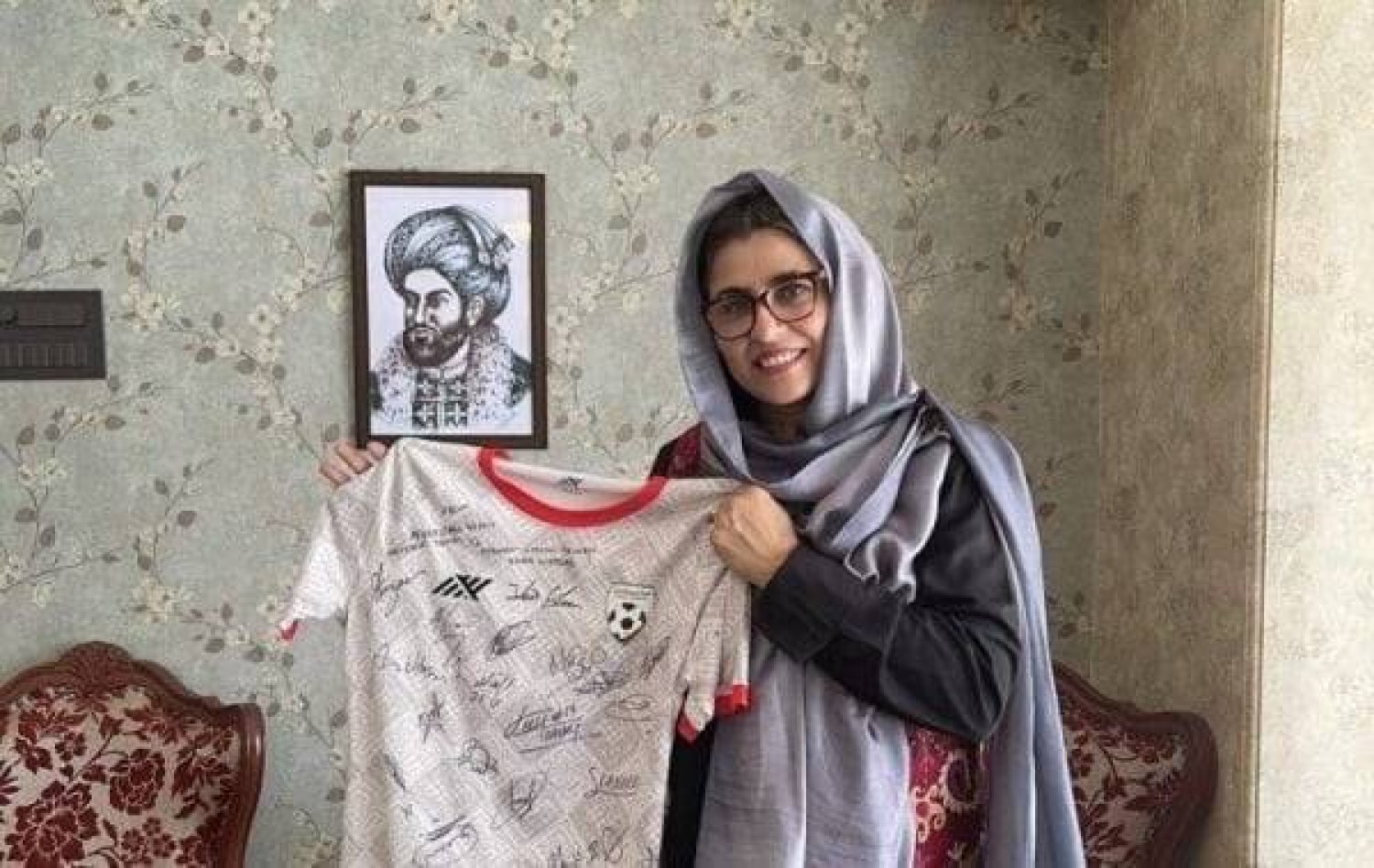They are regarded as heroes, their fallen colleagues as martyrs. But for doctors and nurses still dealing with Iran´s growing number of coronavirus infections, such praise rings hollow.
While crippling sanctions imposed by the US government left the country ill-equipped to deal with the fast-moving virus, some medical professionals say government and religious leaders bear the brunt of the blame for allowing the virus to spread -- and for hiding how much it had spread.
Those medical workers say they were defenseless to handle the contagion. And as a result, doctors and nurses in Iran have been hard hit by the virus. During the first 90 days of the virus outbreak alone, about one medical staffer died each day and dozens became infected.
"We are heading fast toward a disaster," said a young Isfahan doctor who has been working tirelessly, checking dozens of suspected coronavirus patients before referring them to hospitals.
It is no secret that Iran has been hit hard by the coronavirus. Official government figures show that around 100,000 people were infected by the virus and around 6,500 have died. But a report by the research arm of Iran´s parliament said the number of cases could be eight to 10 times higher, making it among the hardest-hit countries in the world. The report said the number of deaths could be 80% higher than official numbers from the health ministry, about 11,700.
The Iranian government is currently reporting a decline in the number of COVID-19 infections and deaths in many areas, even though local authorities are expanding cemeteries in places like Tehran where the municipal council said it had to add 10,000 new graves to its largest cemetery, Behshet e-Zahra.
Interviews with more than 30 medical professionals and a review of communications by doctors on messaging apps and other documents by an Associated Press reporter in Cairo revealed many previously unreported details. The reporting paints a fuller picture of the roots and extent of the country´s disjointed response as the deadly virus spread throughout the population.
In the beginning, medical staffers faced the outbreak with very limited equipment. Some washed their own gowns and masks or sterilized them in regular ovens. Others wrapped their bodies in plastic bags they bought at the supermarket.
The makeshift equipment didn´t help. Further complicating the situation, the health ministry said millions of pieces of protective gear ordered by the agency were stolen and diverted to the black market.
The result: dozens of medical professionals without adequate protection died along with their patients.
Iran´s leaders, several medical professionals said, delayed telling the public about the virus for weeks, even as hospitals were filling up with people suffering from symptoms linked to the virus. And even as doctors and other experts were warning the Iranian president to take radical action, the government resisted, fearing the impact on elections, national anniversaries, and economy.
"They wanted to send people to the streets," said a Mazandaran-based nurse and activist.
One doctor interviewed by The Associated Press - who, like all medical workers interviewed for this story, spoke only on the condition that they not be named for fear of persecution - said he and his colleagues were even discouraged from using protective equipment. He said government officials claimed wearing masks would cause panic.
The country´s supreme leader, Ayatollah Ali Khamenei, proclaimed on March 10 that the doctors, nurses, and medical staffers who died in the fight against the coronavirus in Iran were "martyrs." Pictures of deceased doctors have been placed alongside those of soldiers who were killed in the bloody Iran-Iraq war in the 1980s, which claimed the lives of a million Iranians and Iraqis.
"They are normalizing death," a Tehran-based health consultant said.
A list compiled by a group of Iranian doctors found that a total of 126 medical staffers have died since the virus was first reported, mostly in the provinces of Gilan and Tehran, while over 2,070 contracted the virus. The AP verified 100 of the deaths by piecing together scattered news reports in local media outlets, statements from health institutions, and social media messages of condolences.
Health Ministry spokesman Kianoush Jahanpour acknowledged the deadly toll of COVID-19 on the medical profession in Iran, telling the AP the total number of deaths is 107. Jahanpur said 470 had tested positive for the virus. But he placed the blame on the US. "Remember this is a country under sanctions," he said. Iran has maintained throughout the crisis that its own industries made enough protective material to fight the virus.
Iran reported its first two cases on Feb. 19 in the city of Qom - 140 kilometers (88 miles) south of Tehran and home of highly revered Shiite shrines. It would become the epicenter of the outbreak.
The announcement apparently was made under some duress. A doctor there named Mohammed Molei filmed himself next to his bedridden brother, insisting that his brother be tested for the virus. That coincided with a visit by a health ministry delegation to the city.
But doctors interviewed by the AP say that before the official announcement, they started to see cases with the same symptoms as the novel coronavirus and warned the national health ministry that it needed to take action.
Some doctors shared with the AP letters sent to the ministry. The doctors at first said they attributed the respiratory problems among patients and deaths to the H1N1 flu. Days later, they started to call for testing for H1N1 and other diseases to rule them out; the rate of infections and deaths seemed unusually high.
Through channels on the Telegram messaging service, they exchanged data. They reached out to the health ministry and proposed a set of recommendations and actions. At the top of the list: a quarantine, and restricting travel and flights with China. But it would be another two weeks before the government took action.
"We gave a lot of information to the government through letters and communication channels," said a Mazandaran-based activist and doctor. He said he and other medical professionals were ignored by government officials.
Two days after announcing the first cases, Iran held its parliamentary elections where thousands lined up to vote. That same day, doctors in Gilan - one of the worst-hit areas in Iran - appealed to the governor for help, saying their hospitals were flooded with patients amid a shortage of masks and other protective equipment.
"The health personnel of the province are exposed to a huge threat," a letter sent by the doctors read.
But government officials played down the danger of the virus, calling the physicians´ plea for a quarantine "medieval" and floating unfounded conspiracy theories that the US created the coronavirus to promote a fear-mongering campaign.
The feared paramilitary Revolutionary Guard kept health facilities under tight control and medical statistics were treated as top secret, the medical staffers said.
Death certificates were not recording the coronavirus as the cause of deaths - either because not all severe cases were tested or just for the sake of keeping the numbers down. Thousands of unaccounted deaths were attributed to secondary causes like "heart attack" or "respiratory distress."
And a doctor in Tehran said the health ministry gave orders not to refer critical cases to hospitals to be tested for the virus - to keep the numbers low, she said.
"We suppose they (want to) say they´re doing good," she said.
A Tehran-based radiologist said that he had access to medical files of patients at different Tehran hospitals. The reports include CT scans and blood tests that pointed to the coronavirus. But tests were not done.
"These are 40% of the cases," he said, "It´s just difficult to prove."
"The number of real patients with COVID-19 in Iran, from the beginning ... until today is much more than what has been reported," he said, echoing similar sentiments by most medical workers interviewed by the AP.
He estimated that the numbers are three to four times higher than the figures released by the government.
"The authorities believe they are doing great and they try to keep things out of spotlight," a medical scholar said.
Clinics and hospitals became hubs of infection, even as parliamentary elections and national celebrations went on:
- In Khorasan, the head of the medical science school which oversees hospitals receiving corona patients, Ali Asghar, told a local news agency that a total of 600 people died between Feb. 19 and April 4. The government number through March 22 was 42.
- In Golestan, AbdolReza Fazel, a top health official, told local media that 230 had died though April 2, while the government recorded just 10 cases.
- In Isfahan, Tahererh Changiz, the head of the medical school, told the IMNA news agency that the total number of deaths reached 400; the official figure was just 87.
- According to one health official and two doctors, the total deaths in Gilan have surpassed 1,300 so far. The last breakdown provided by the government on March 22 said the total did not exceed 200.
"Gilan wasn´t ready at all," said one physician there. "It was a catastrophe."
Said another doctor: "The first weeks, the system has collapsed," with patients sleeping in the corridors and doctors forced to make painful choices. A nurse at Shafa Hospital in the provincial capital of Rasht said ventilators were removed from dying patients to let others live.
"Death certificates were written before they died," the nurse said with a hoarse voice. On the death certificates, the doctor scribbled, "heart attack" or "respiratory distress" as a cause of death.
"It was my worst day in my life when they cut the oxygen. After work, when I went back home, I could do nothing but crying," she said.
A psychologist in Tehran told the AP that many medical staffers were traumatized. Images of the dying patients left them with a deep sense of guilt, suicide thoughts, and panic attacks, he said.
He recalled one nurse who had a recurring nightmare of burying her parents alone. Another said she dreamt of looking into a telescope, anticipating with horror a meteoric strike.
ICU doctor Gol Rezayee appeared in a March 29 video that went viral on social media as he tried, but failed to revive a dying patient´s heart.
On Telegram, he wrote the last words he exchanged with the victim. "Doctor, if I die, tell my husband to take care of the kids," he recalled the woman saying. "He is careless and naughty."
Rezayee said he responded: "It´s just like a cold. You will live 120 years." Hours later, the woman was dead.
Medical professionals also watched as their own colleagues succumbed to the virus.
As the outbreak in Rasht unfolded during the last week of February, patients packed the clinic of the city´s most popular physician, Moammad Bakhshalizadeh, who often treated the poor for free, set up the first association for physicians in the province and volunteered during the war with Iraq.
As the virus spread, the 66-year-old doctor examined an average of 70 patients each day, largely without protective gear.
A week after Iran officially announced the first two official cases in Qom, Bakhshalizadeh developed a fever and had trouble breathing. Initial tests for coronavirus were inconclusive. Another test showed that his lungs were turning white.
He later drove himself to several hospitals until he found one with an empty bed.
Four days later, on March 7, he died.
















